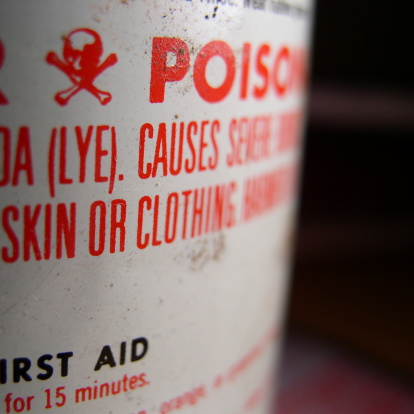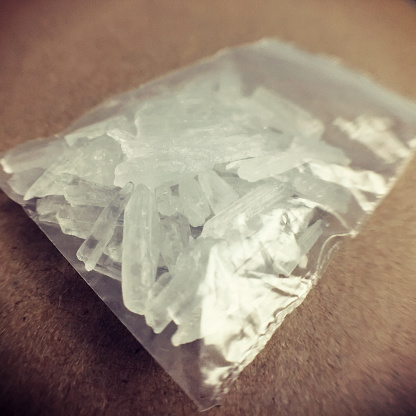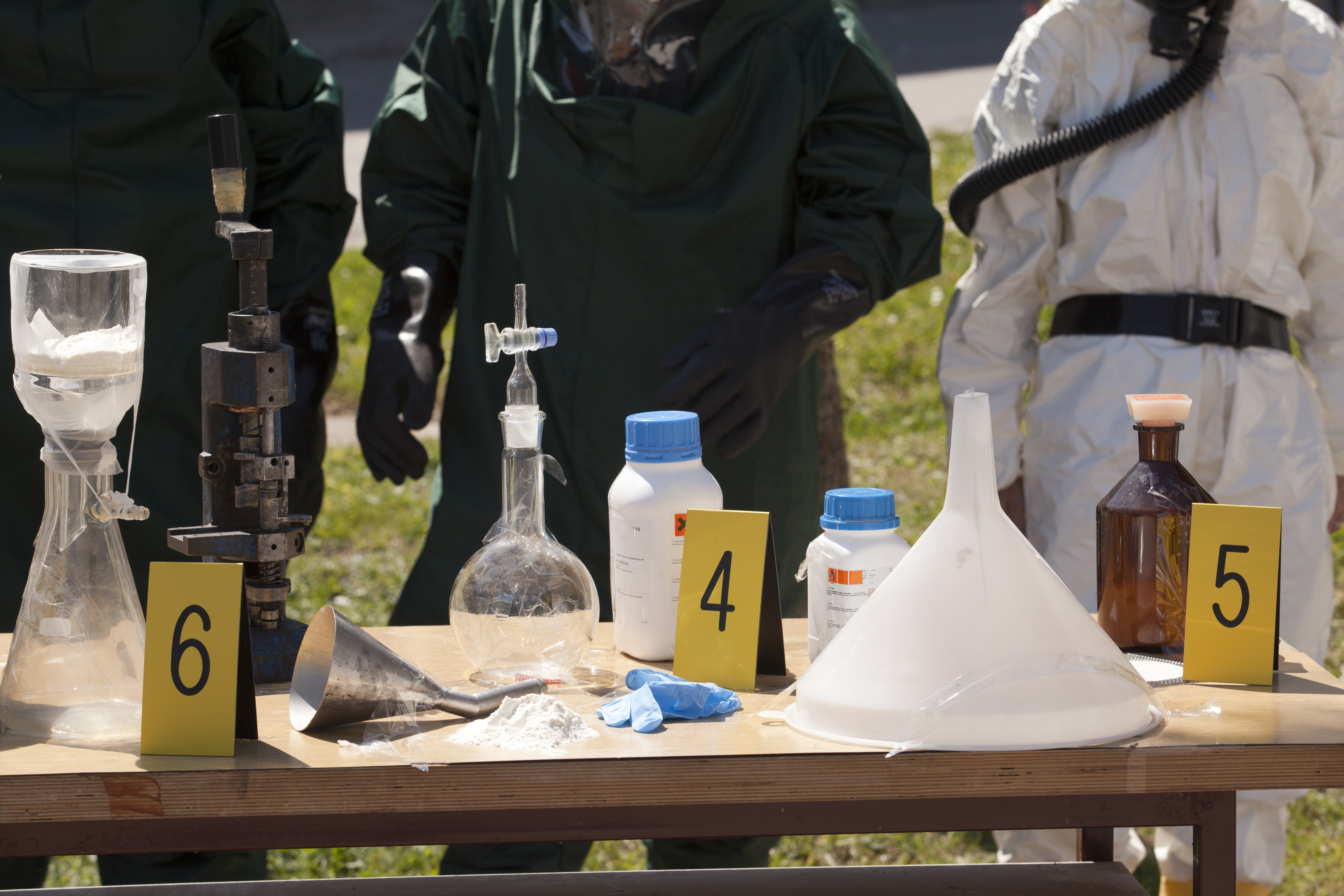Crystal meth addiction is one of the most pervasive substance abuse threats in the country. Not only has it led to the fatal or nearly fatal overdoses of thousands of victims; it has also degraded communities everywhere and led to a dramatic increase in pharmacy burglaries and other criminal activity. The crystal meth production process, usually undertaken in dangerous, uncontrolled and unsanitary basement labs, has created public health crises across the entire United States.
Once confined primarily to the Southern and Middle United States, crystal meth addiction is now a threat everywhere and affects victims of all backgrounds. This means that prevention must begin in the home. The 2013 National Survey on Drug Use and Health, the most recent available survey, showed that 595,000 people age 12 and up had used meth within the previous 30 days — a number that has been steadily rising since 2010. Almost 11 million Americans have tried meth at least once and 1.3 million have tried it within the last year.[1]
Families and loved ones of suspected crystal meth abuse sufferers are urged to look for signs which commonly include, but are not limited to:
- Severe Weight Loss
- Dilated Pupils
- Decaying Teeth
- Obsessive and Borderline Psychotic Behavior
- Hyperactivity
- Erratic Sleep Patterns
- Extreme Fluctuation in Energy
The Rise of Crystal Meth
 Crystal meth was first created in 1980, as a response to federal regulations put on phenyl-2-propanone — the key chemical ingredient in amphetamines. In its place, cooks/chemists used ephedrine, something that was unregulated at the time and easily found in over the counter medications, creating a new, crystalized amphetamine; a drug that was twice as potent. This drug immediately became appealing to many because it was the only hard drug that could be made from household products.[2]
Crystal meth was first created in 1980, as a response to federal regulations put on phenyl-2-propanone — the key chemical ingredient in amphetamines. In its place, cooks/chemists used ephedrine, something that was unregulated at the time and easily found in over the counter medications, creating a new, crystalized amphetamine; a drug that was twice as potent. This drug immediately became appealing to many because it was the only hard drug that could be made from household products.[2]
By the early 1990s, crystal meth usage had grown throughout the United States and the first super labs were discovered. In the past, users would create small amounts of crystal meth in home labs. The creation of super labs made crystal meth into big business, allowing for much higher production of the drug. Up to 1,500 times more meth was produced in these super labs than in regular home labs.
As federal regulations made it more and more difficult to create crystal meth, the production of it became more and more dangerous. By the mid-1990’s a large portion of meth labs around the country were using flammable chemicals and dealing with dangerous fires and explosions. In 2006, the U.N. World Drug Report called meth the most abused hard drug on Earth, claiming there were 26 million meth addicts around the world.[3]
How Meth Destroys the Body and Ruins Lives
There may not be a more damaging drug than crystal meth, which causes severe mental and physical health complications for both short and long-term users. Meth abuse takes over a person’s life, while deteriorating their physical appearance and causing potentially long-term brain damage.
In 2006, the U.N. World Drug Report called meth the most abused hard drug on Earth, claiming there were 26 million meth addicts around the world.
The aspect of methamphetamine that is so appealing to users is the instant rush of pleasure, followed by a prolonged sense of euphoria. It gives users a sense of increased energy, confidence, focus and desirability. While all drugs and pleasurable activities release dopamine, the amount released in the brain when using crystal meth is unrivaled — creating a high that lasts as long as 12 hours.
Like all drugs, however, each use produces a lower high than the previous one, forcing users to feel the need to take more. When the euphoric effects wear off, users experience extreme depression and feel the need to take more to avoid the crash.
Continued Use Slowly Alters the Brain
Prolonged crystal meth abuse changes the brain chemistry of users, destroying the wiring in the brain’s pleasure center, making it more and more difficult to experience any sort of pleasure. While research has shown that this process can be reversed after use has ceased, the regrowth of tissue will never be fully complete and the loss of other cognitive abilities may be permanent. Even after years of sobriety, former meth users still suffer from severe impairment of memory, judgment and motor coordination.
use has ceased, the regrowth of tissue will never be fully complete and the loss of other cognitive abilities may be permanent. Even after years of sobriety, former meth users still suffer from severe impairment of memory, judgment and motor coordination.
Another effect of the drug is hyperactive, obsessive and even violent behavior. Meth is a stimulant that causes the brain to release high doses of adrenaline; creating anxiety and extreme levels of focused attention. This is also known as “tweaking.” Psychotic behavior, extreme paranoia, aggression, delusions and hallucinations are also associated with heavy and chronic usage.
Some users experience a feeling of insects crawling beneath their skin, something also known as formication. Individuals dealing with formication pick at their skin obsessively and create sores all over their bodies.
Makes Users Unattractive
Meth abuse leads to the destruction of blood vessels and tissue, limiting the body’s ability to heal itself. Blood flow through the body is constricted and eventually cutoff because of this. Additionally, since meth use concurrently gives users high amounts of energy and lowers their appetite, the subsequent extreme weight loss makes abusers look gaunt and frail.
People who use meth for long periods of time look years, sometimes even decades older than they actually are. Tooth grinding combined with poor hygiene and a terrible diet makes the situation worse, with users having mouths full of broken, discolored and rotting teeth. This condition is known as “meth mouth.”[4]
Libido Rises as Inhibitions Lower
The combination of an increased sex drive with impaired judgment puts many meth abusers in risky sexual situations. Meth is not an aphrodisiac, but the intense release of dopamine gives users an increased sense of desirability and a boost in adrenaline and stamina. All the while, the chemicals at work are causing users to do things they would never have done while sober. This includes unprotected sex and intercourse with multiple partners.
This is especially dangerous, because it’s not uncommon for intravenous users to share needles, which may lead to the spreading of sexually transmitted diseases, such as HIV/AIDS or hepatitis.
Learn More and Get Help
To offer more information about the dangers of crystal meth abuse, Behavioral Health of the Palm Beaches recently released an eBook outlining the drug’s history, physical and emotional impact and methods of treatment. If you or someone you love has developed an addiction to crystal meth, please review our Understanding Addiction to Crystal Meth eBook and seek the necessary treatment immediately. There is hope. We can help.



